Authorship of “Sister Kate,” one of the first famous songs of the Roarin’ Twenties, is a musical mystery.
The composer of record is New Orleans bandleader/violinist Armand Piron, who had a publishing partnership with Clarence Williams. However, Piron’s credits for the song frequently have been disputed, most famously by trumpeter Louis Armstrong, who always claimed he wrote the tune himself.
Armstrong contended he sold the song for an overcoat (which he received) and a few dollars (which he did not).
Piron — who copyrighted it in 1919 as “I Wish I Could Shimmy Like My Sister Kate” (though it wasn’t published till 1922) — told jazz historian Al Rose that “that’s not Louis’s tune or mine either. That tune is older than all of us. People always put different words to it. Some of them were too dirty to say in polite company.”
For instance, the way Armstrong did the song didn’t have anything to do with a sister Kate, but a lot to do with jiggling lady bits.
Gotta have ’em before it’s too late,
They shake like jelly on a plate.
Big ‘n’ juicy, soft an’ round,
Sweetes’ ones I ever found.
“There’s only so many places you could do a number like that,” Piron told Rose, “and not in my band.”
The Skinny on The Shimmy
Commenting on the song’s history, bluesman/author Elijah Wald notes, “Though Piron and his band cleaned up the lyric, they kept the sense intact, since the generally accepted derivation of ‘shimmy’ fits Armstrong’s verse pretty well.”
“The etymology isn’t solid,” Wald adds, “but most authorities derive it from chemise — ‘shimmy’ seems to have been American slang for a lightweight women’s blouse as early as the 1840s — and the dance move was to ‘shake your shimmy’ by vibrating the relevant area as rapidly as possible.”
And Who Is Kate? Uh… Ask Louis
So, in Piron and Williams’ telling, the song was associated with a suggestive shimmy dance move, but was there actually a “sister Kate?”
And — poof! — just like that, we’re back to Louis Armstrong.
The trumpeter long claimed that he knew Kate before she ever shimmied. In his book Louis Armstrong, An Extravagant Life, author Laurence Bergreen said that when New Orleans trombonist Kid Ory hired Armstrong for his band, he told the youngster he should work up a number so they could feature him once in a while. Armstrong did and even created a little dance to go with it.
The song was “an unashamedly filthy thing,” Bergreen wrote, called “Katie's Head,” reportedly inspired by the 1883 stabbing death of New Orleans madam Kate Townsend. This particular Kate, who ran a high-class house of prostitution on Basin Street, was murdered in a drunken quarrel with her longtime "fancy man" Troisville Sykes.
Despite its dark and bloody subject matter, the song was a hit. Bergreen quoted Armstrong as saying that whenever he sang it, “Man, it was like a sporting event. All the guys crowded around, and they like to carry me up on their shoulders.”
Armstrong’s performance usually was accompanied by his dance, apparently a version of "The Shimmy,” which was just starting to appear around the country.
"One night, as I did this number,” Armstrong went on, “I saw this cat writing it all down on music paper. He was quick, man! He could write as fast as I could play and sing. When I had finished, he asked me if I'd sell the number to him. He mentioned $25. When you're only making a couple of bucks a night, that's a lot of money. But what really put the deal over was that I had just seen a hard-hitting steel gray overcoat that I really wanted for those cold nights. So I said `Okay' and he handed me some forms to sign and I signed them. He said he'd be back with the cash, but he never did come back."
The stranger with the forms and the pen was Armand Piron’s partner Clarence Williams, the ambitious music entrepreneur who would soon be leaving New Orleans for Chicago and then on to New York City.
First Recordings
The earliest recordings of the song were little known 1922 sides by The Original Memphis Five on Pathé Actuelle, by Mary Straine and Joseph Smith's Jazz Band on Black Swan Records and by The Virginians on Victor.
A better received version was the 1923 release by vocalist Anna Jones with Fats Waller on piano.
Arrangements over the years since then ranged from big band jazz to a hokum version by The Alabama Jug Band in 1934, a precursor to jug band revival and string band versions during the 1960s by Dave Van Ronk, Jim Kweskin and The Greenbriar Boys.
Our Take on the Tune
The Flood has always been much enamored of those ‘60s string band renditions. Nowadays our version follows Jim Kweskin’s idea on his jug band’s 1966 Relax Your Mind album to combine “Sister Kate” with another Louis Armstrong standard, “Heebie Jeebies.”
On this track, while everybody is on fire, bringing their own hot solos to the mix, we all agree that it is Danny — our newest Floodster — who, as Sam says, “becomes one” with Sister Kate.





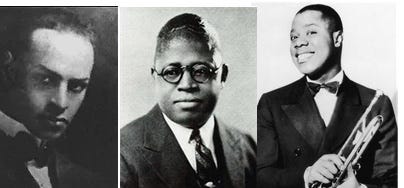

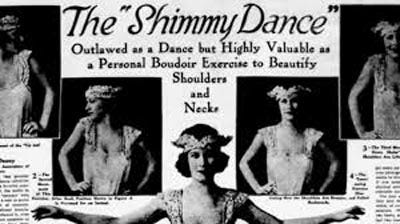
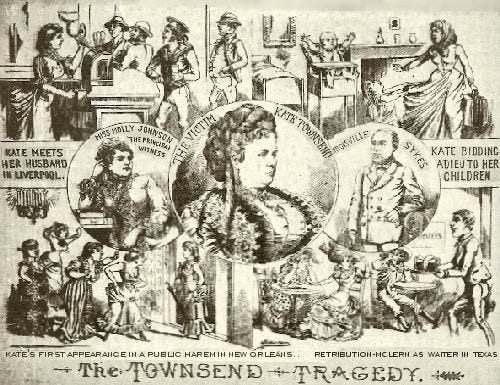
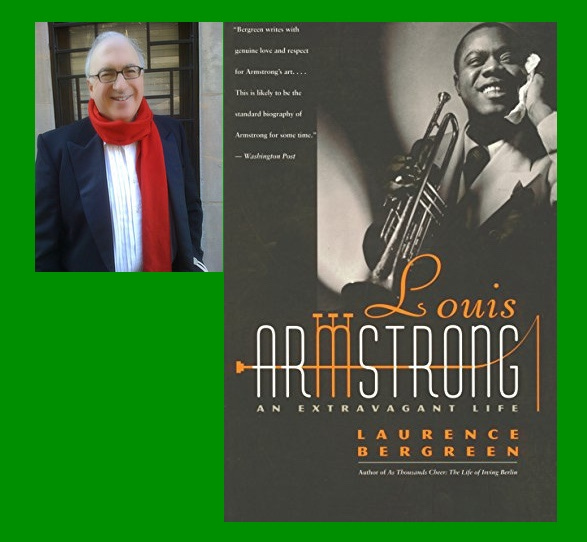
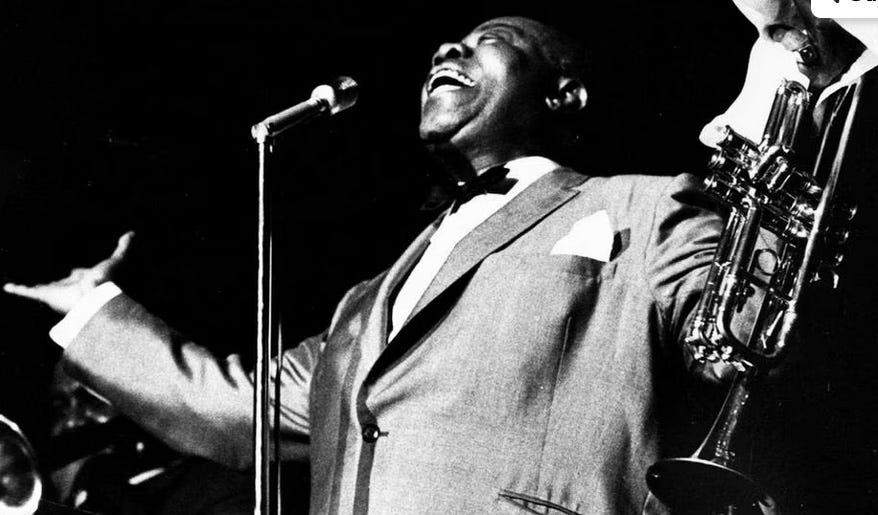

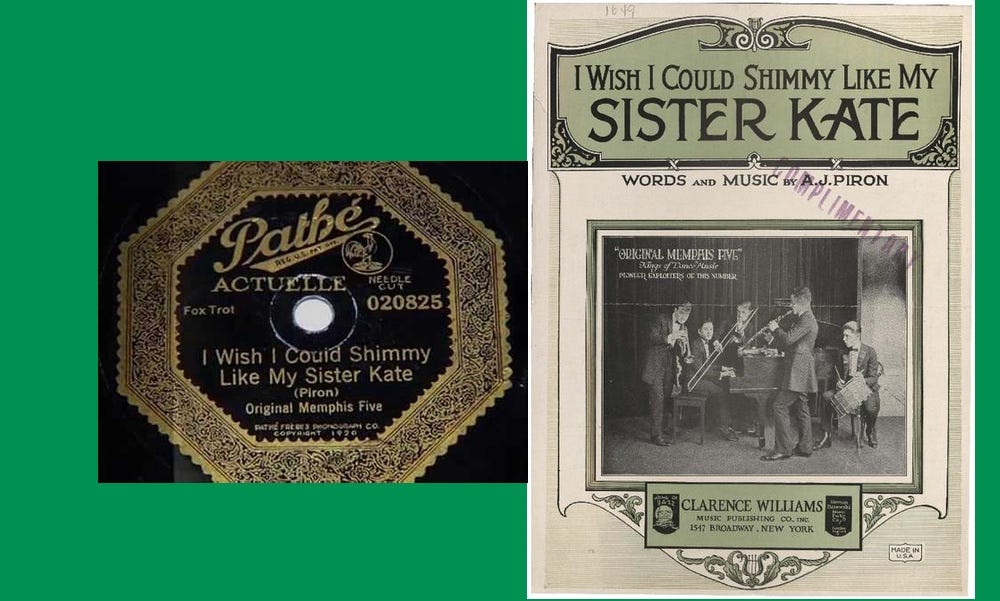










Share this post